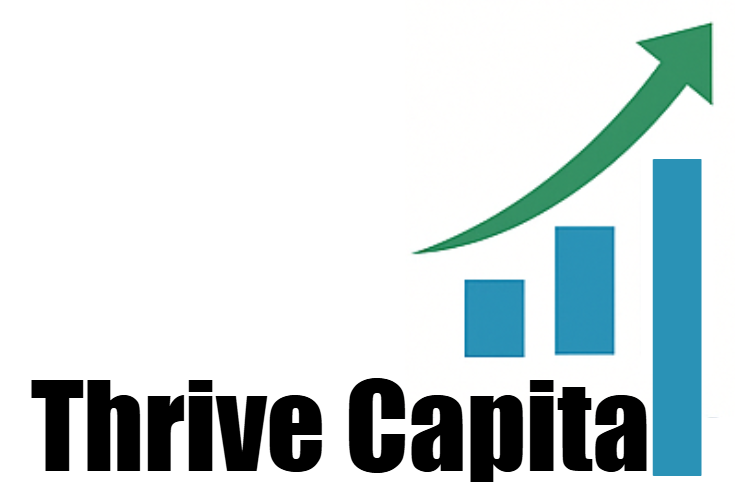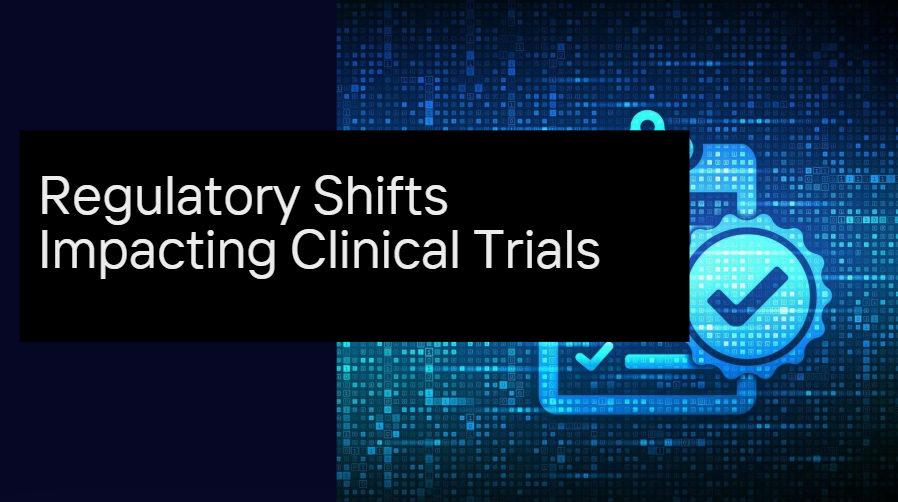The health and biotech sectors are in the midst of a historic transformation, and in 2025, investors are doubling down on what they see as the most disruptive, scalable, and defensible innovations in decades. From AI-driven diagnostics to precision therapeutics and digital health infrastructure, capital is flowing into areas where science meets software—and where unmet clinical needs meet scalable business models.
So, where exactly is the smart money going this year?
This insight explores the sectors, technologies, and themes commanding investor attention in 2025, and why these bets could define the next decade of healthcare.
1. Precision Medicine and Genetic Therapies
Precision medicine has moved from a buzzword to a dominant investment category. With the falling cost of gene sequencing, enhanced CRISPR-editing tools, and new delivery platforms, investors are targeting startups that tailor treatments to individual genetic profiles.
Gene and cell therapies—once confined to niche conditions—are now being expanded to broader populations with cancers, rare diseases, and even age-related conditions. Private equity and VC firms are backing platforms that develop programmable mRNA, base editing tools, and non-viral delivery systems.
2025 Investment Focus:
Oncology pipelines with biomarker-based targeting
CRISPR 3.0 and RNA-based gene editing
Personalized cancer vaccines
Modular CAR-T and off-the-shelf cell therapies
Expect significant Series B and crossover funding rounds in this space as companies prepare for IPOs or acquisition by pharma giants seeking pipeline expansion.
2. AI-Powered Drug Discovery and Diagnostics
Artificial intelligence is not just augmenting healthcare—it’s becoming a central driver of R&D and clinical operations. Investors in 2025 are particularly keen on AI-native biotech platforms that reduce drug discovery time from years to months.
AI is also transforming diagnostics. Deep learning models are now outperforming human experts in interpreting radiology, pathology, and genomics. These tools are being deployed in hospitals and labs across Europe, North America, and Asia.
High-Value Targets:
AI platforms for multi-omic integration and target discovery
Diagnostic tools combining imaging + genomics + clinical data
SaaS infrastructure for pharma R&D workflows
M&A activity is heating up in this space as large pharma companies seek to acquire proprietary AI algorithms and data assets.
3. Digital Therapeutics and Mental Health Platforms
Digital therapeutics (DTx) continue to gain traction, especially for chronic conditions, behavioral health, and neurological disorders. These software-based treatments have earned regulatory approval in key markets and are now reimbursable under public and private insurance in many jurisdictions.
Mental health apps have also matured. Investors are focusing on clinically validated platforms with real-world engagement data, especially those integrating wearables, teletherapy, and AI-guided CBT.
Investor Favorites in 2025:
FDA-approved DTx for ADHD, insomnia, and chronic pain
Mental health platforms focused on underserved populations
Subscription models with payer and employer integrations
With demand for virtual care outpacing traditional delivery models, digital mental health is expected to generate over $15 billion in annual revenue by 2028—and investors want in early.
4. Women’s Health and FemTech
Once overlooked, women’s health has become one of the most vibrant categories in biotech and digital health investing. In 2025, femtech solutions are addressing everything from fertility to menopause, endometriosis, and cardiovascular health—conditions historically underfunded and underresearched.
Innovators are merging diagnostics, wearables, and AI to bring faster diagnoses and more effective treatments to market. Investors are especially focused on platforms that combine consumer-friendly UX with real clinical validation.
Notable Investment Trends:
Hormone monitoring and fertility optimization apps
Menopause and hormone replacement management tools
Chronic pain diagnostics for conditions like endometriosis and PCOS
With regulatory support growing and consumer demand skyrocketing, women’s health is evolving into a billion-dollar segment that investors see as only beginning its rise.
5. Cannabinoid-Basez Therapeutics
As medical cannabis research evolves into pharmaceutical-grade development, investors are backing cannabinoid-based therapeutics that target neurological and immune conditions. Companies with proprietary formulations, EU-GMP manufacturing, and regulatory traction in major markets are gaining particular interest.
One standout example includes therapies targeting refractory epilepsy, using high-CBD, low-THC formulations delivered via advanced drug delivery platforms. The segment is growing thanks to early access programs and reimbursement pathways across Europe and parts of North America.
What’s Driving Investment:
High clinical unmet need in neurology and inflammation
Pharmaceutical-grade cannabinoid pipelines
Real-world data from early market access programs
Cost-effective alternatives to first-line epilepsy treatments
With cannabis-based therapeutics moving beyond the supplement space into true clinical utility, investors see this as a frontier area with upside and global scalability.
6. Biotech Infrastructure and Manufacturing Platforms
Beyond therapeutics, another category drawing investor capital is biotech infrastructure—especially companies that build, own, or license biomanufacturing platforms. Whether it’s CRISPR delivery vectors, next-gen fermentation processes, or modular bioreactor systems, the tools behind the therapies are now investment targets in their own right.
The “picks and shovels” of biotech offer investors lower risk, recurring revenue, and exposure to multiple drug development pipelines.
Key Investment Characteristics:
EU-GMP certified facilities for cannabinoid or biologic production
CDMO platforms with gene therapy or mRNA capabilities
Licensing models tied to downstream therapy success
These platforms are seeing increasing buyout interest from Big Pharma, which is looking to secure manufacturing agility in an era of global supply chain uncertainty.
7. Health Data and Interoperability Solutions
As data becomes the currency of healthcare, investors are betting on platforms that can safely store, integrate, and analyze health information across fragmented systems. In 2025, health data infrastructure is not just about EHRs—it’s about connecting genomic data, remote monitoring feeds, payer records, and more.
Blockchain-based health record systems, API layers for payer-provider data exchange, and real-time clinical decision support tools are gaining traction among enterprise healthcare investors.
Strong Growth Indicators:
Digital platforms with FHIR-compliant architectures
Cross-border data exchange solutions
Startups enabling AI-readiness in hospitals and clinics
This space is especially attractive to late-stage VCs and strategic investors looking for scalable SaaS models.
8. Preventive and Longevity-Focused Health Tech
Longevity science is going mainstream. In 2025, the convergence of diagnostics, AI, and preventive therapeutics is creating a new category of health companies focused on aging—not just as a disease risk, but as a modifiable condition.
These startups are developing interventions that target cellular aging, inflammation, and metabolic dysfunction. Investors are backing companies with strong scientific leadership and measurable patient impact, including those offering consumer-grade longevity platforms with personalized supplements, exercise regimens, and real-time biomarker feedback.
Key Segments Attracting Capital:
Senolytic drugs and anti-aging gene therapies
AI-powered lifestyle optimization apps
Biological age measurement tools
With global aging populations and rising consumer interest, longevity tech offers both impact and scale—two things investors love.
The Year of Smart Health Capital
In 2025, health and biotech investing is no longer just about chasing breakthrough science. It’s about identifying scalable, tech-enabled platforms that can translate discovery into patient and payer value—fast.
Investors are focusing on companies that blend strong clinical pipelines with digital agility, regulatory clarity, and business models built for today’s health economy. Whether it’s cannabinoid epilepsy treatments, AI diagnostics, or gene-edited immunotherapies, the opportunities are vast—but the winners will be those that can scale intelligently.
As health innovation accelerates, expect more crossover investing, more pharma-tech M&A, and more capital chasing fewer, higher-quality bets.
The smart money isn’t just looking for the next big therapy.
It’s looking for the next health platform.



